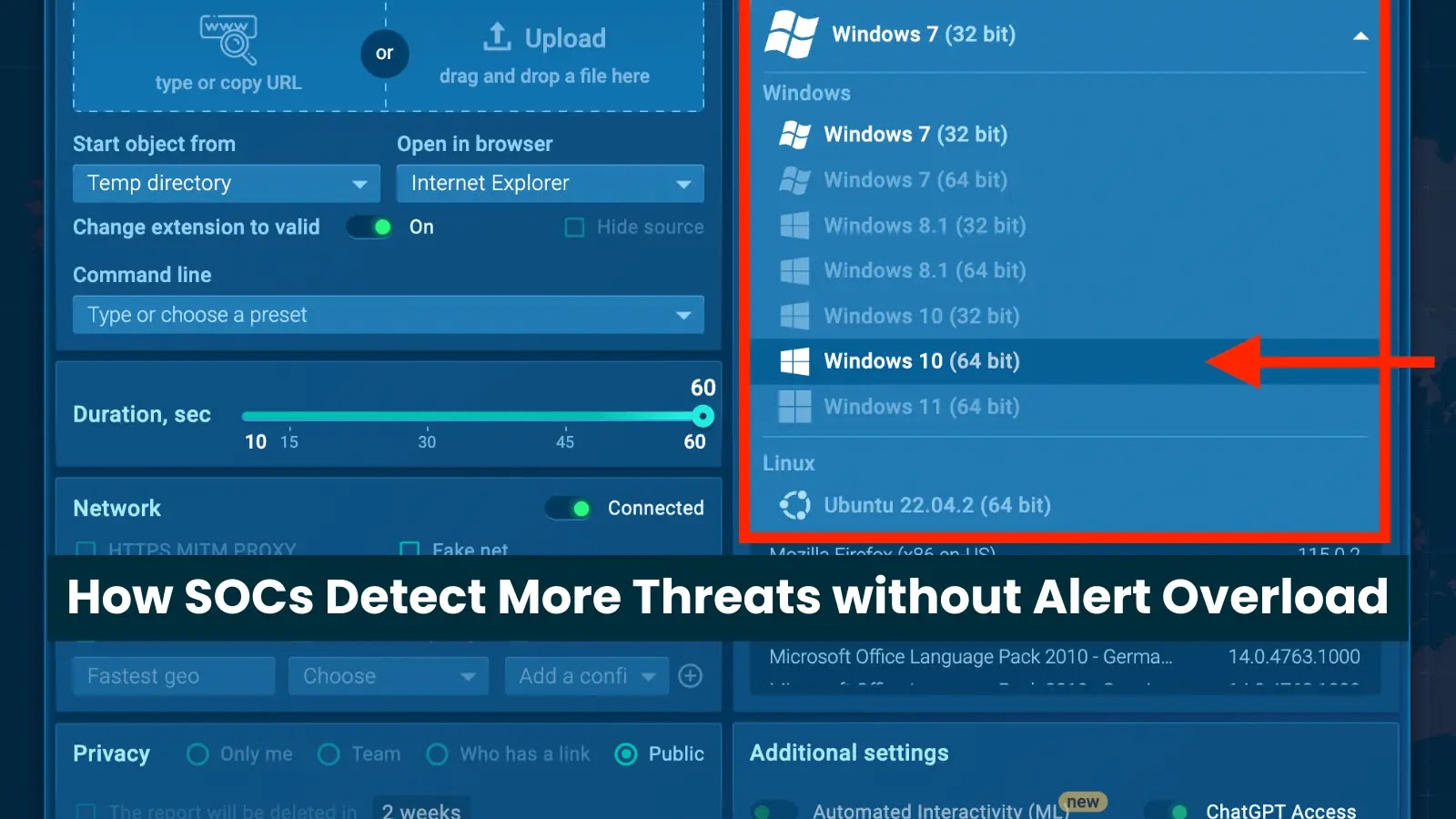In the ever-evolving landscape of cyber threats, a new phishing campaign has surfaced, demonstrating advanced techniques to bypass Secure Email Gateways (SEGs) and compromise sensitive information. This operation employs a JavaScript-based phishing script that integrates random domain selection, dynamic Universal Unique Identifier (UUID) generation, and server-driven page replacement to effectively steal user credentials.
Understanding the Attack Mechanism
Unlike traditional phishing schemes that rely on static redirects, this campaign exhibits a higher level of sophistication. The malicious script is embedded within HTML attachments or disguised as links to reputable file-sharing platforms such as Microsoft OneDrive, SharePoint Online, DocuSign, and Adobe Acrobat Sign. When a recipient interacts with these seemingly legitimate documents, the script is activated, initiating a series of deceptive actions.
Random Domain Selection
Upon activation, the script selects one .org domain at random from a predefined list of nine addresses. These domains are intentionally generated without recognizable word patterns, a tactic designed to evade detection by blocklists and machine learning-based security systems. This randomness adds a layer of unpredictability, making it challenging for traditional security measures to identify and block the malicious domains.
Dynamic UUID Generation
The script generates two types of UUIDs:
1. Dynamic UUID: This unique identifier is created for each individual victim, allowing the attackers to track and tailor their approach based on the specific target.
2. Hardcoded UUID: Serving as a campaign identifier, this UUID helps the attackers manage and monitor the overall phishing operation.
The use of dual UUIDs is particularly uncommon in phishing operations, indicating a higher level of planning and execution. Cofense researchers first identified this tactic in early February 2025, noting its ongoing nature and sophistication.
Server-Driven Page Replacement
After selecting a domain and generating the UUIDs, the script sends an HTTPS POST request to the chosen server’s API endpoint. The server responds with dynamically generated content tailored to the victim’s context, such as personalized corporate login pages. This approach enables threat actors to replace webpage content without changing URLs, maintaining the illusion of legitimacy.
Dynamic Page Replacement: A Deceptive Tactic
One of the most deceptive aspects of this campaign is its dynamic page replacement capability. By manipulating browser sessions, the attackers deliver credential phishing pages without traditional redirects. Instead of using window.location.href redirects that change visible URLs, the script employs Document Object Model (DOM) manipulation techniques to replace page content with server-provided HTML.
This server-driven approach allows real-time customization based on the victim’s context. When users enter their email addresses, the script extracts the domain and signals the backend infrastructure to generate corresponding branded login pages. This level of personalization significantly increases victim trust while reducing suspicion, as the seamless experience maintained throughout the interaction appears legitimate.
Implications for Cybersecurity
This sophisticated phishing campaign underscores the evolving nature of cyber threats and the need for advanced security measures. Traditional email security solutions, such as SEGs, may not be sufficient to detect and prevent such advanced attacks. Organizations must adopt a multi-layered security approach that includes:
– User Education: Regular training sessions to educate employees about the latest phishing tactics and how to recognize them.
– Advanced Threat Detection: Implementing security solutions that utilize behavioral analysis and machine learning to detect anomalies.
– Incident Response Planning: Developing and regularly updating incident response plans to quickly address and mitigate the impact of phishing attacks.
Conclusion
The emergence of phishing campaigns that leverage UUIDs and dynamic content replacement highlights the increasing sophistication of cyber threats. Organizations must remain vigilant and proactive in their cybersecurity efforts, continuously updating their defenses to protect against these evolving tactics.



